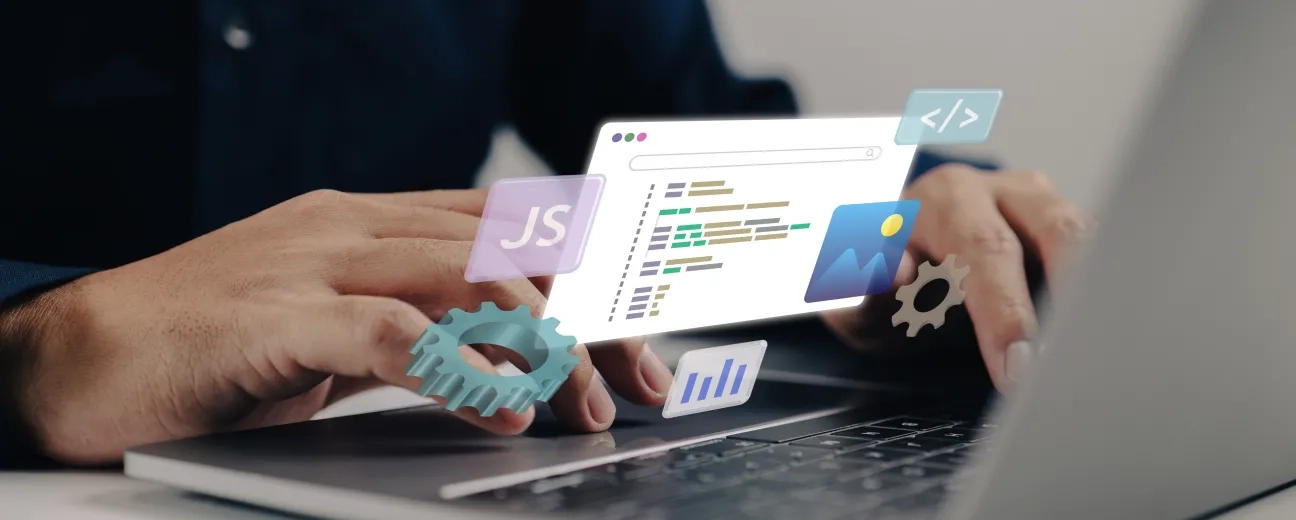
We’re excited to hear your project.
Let’s collaborate!

The internet is constantly changing and speed is quickly becoming the major metric of progress and a key indicator for website developers. Here are a few new features which can help you speed up your website and reap the rewards of faster internet.
HTTP/2 was first published in May 2015 and has been supported since the second half of 2015 – HTTP/2 is a new and improved version of the WWW protocol. HTTP/2’s main improvement is the ability to cover multiple requests with a single connection – this improved ability, called multiplexing has the capacity to revolutionize the world of web designers forever. Current techniques used such as Data URIs and sprites won’t be used anymore. HTTP/1 used to be efficient when loading one large image but when it was necessary to load several smaller images the situation changed drastically – it simply wasn’t able to cover multiple concomitant requests. The new version improves this situation and HTTP/2 can handle multiple simultaneous requests with ease.
HTTP/2 compresses headers before requested data is sent, which ultimately simplifies the transport by a great deal. This newer version is also non-textual and binary, unlike the previous version – this improves performance by a whopping 50%!
The difficult thing about upgrading to HTTP/2 is not the HTTP itself but the fact that browsers only support it over SSL. So if you want to implement HTTP/2, the first thing you should do is get a SLL certificate. Once you have the SSL certificate, you can implement HTTP/2 on your own if you have administrator rights for your server. Otherwise, it depends on your server hosting or web hosting company.
SSL certificates encrypt the connection between a client and a server. Getting your own SSL certificate is not as hard as you think – you can actually get one for free with Let’s Encrypt.
Let’s Encrypt is a relatively new authority when it comes to SSL certificates – their ultimate goal is to eliminate all manual processes required to obtain a certificate. With Let’s Encrypt the whole process is automated and finished in just a couple of minutes. You can also get a certificate through your server hosting company or web hosting provider.
Brotli was recently introduced by Google – this new compression algorithm will reduce the size of transported data, effectively increasing the speed of your website. Compared to other compression solutions, Brotli offers a 20 to 25% better compression ratio. As such, webmasters can save up to 40% on HTML files traffic and around 25% on JavaScript and CSS related traffic.
Unfortunately, Brotli is only supported by Firefox and Chrome at the moment but other major browsers will follow soon. Major servers such as Node.js, Apache and Nginx all require a packet installation – there’s no server offering Brotli by default at the moment.
A Content Delivery Network or CDN for short is a set of servers located in different parts all around the world. These servers all contain a replica of your website and all its assets – software, videos, images, etc.
When someone accesses your website, the data is loaded from a server that’s closer to the visitor, thus increasing your website’s loading speed.
Another advantage to CDN systems is the improved reliability of your website – the content is spread around many other servers which means that your hosting server doesn’t have to bear such a large load of traffic. Usually, websites that use a CDN system will load 50% faster compared to regular websites which use only one hosting server.

We’re excited to hear your project.
Let’s collaborate!